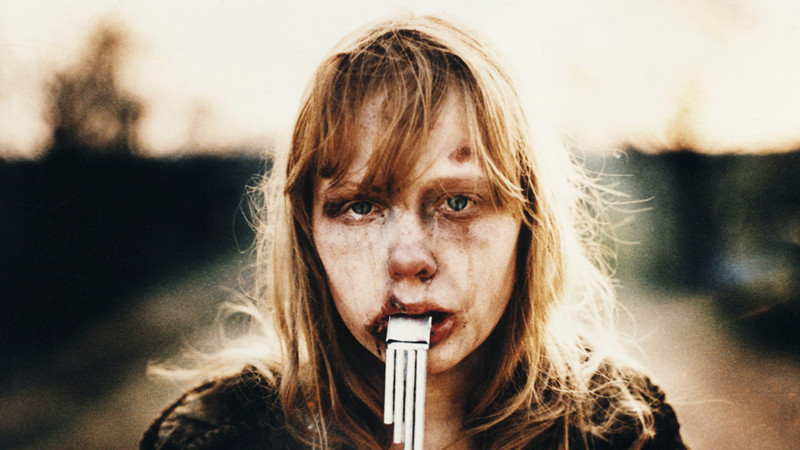
Russian cinema is one of the most productive and internationally recognized in the world. It has its beginnings in the Russian empire, and then was developed through the Soviet period and the new times. The pioneers of Russian cinema explored the possibilities of the seventh art and performed interesting experiments, like the Kuleshov effect and associative editing.
Later on, the Soviet Union invested a lot in filmmaking, perceiving cinema as the easiest way to influence people. This gave a lot of talented filmmakers the chance to express themselves and to make some of the greatest movies of film history. Here are some of them:
1. Battleship Potemkin (1925, Sergei Eisenstein)
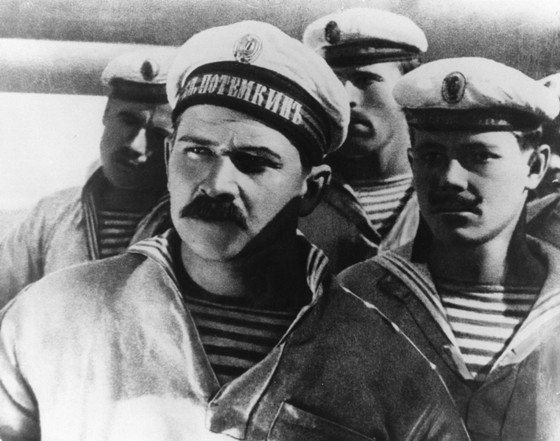
The Battleship Potemkin started a revolution. “Battleship Potemkin” (1925) by Sergei Eisenstein also started a revolution, or more likely continued the one from “Strike” (earlier same year) – a revolution in cinema attractions and new ways of filmmaking.
Eisenstein liked experimenting and exploring the techniques of exciting the audience and making them feel sadness, anger or sentimentality. One of the methods he used was associative editing. For example, the rotten meat full with worms in the first scenes of the film symbolizes the authority of the king and the institutions, so no matter how convincingly it is said that the rotten meat is actually good, we very well see that it is not and it has to be thrown away and destroyed.
Here we also can see one of the most emblematic scenes in film history – the Odessa steps and the fall of the baby stroller. The tension Eisenstein builds is so intense that this piece will be recreated in future films like “The Untouchables,” directed by Brian De Palma.
The movie ends with the red flag raised above the battleship. When asked, “Where does the battleship Potemkin go?” Eisenstein answers, “We finish depicting the event in the moment in which it becomes part of the revolution.”
2. Man with a Movie Camera (1929, Dziga Vertov)
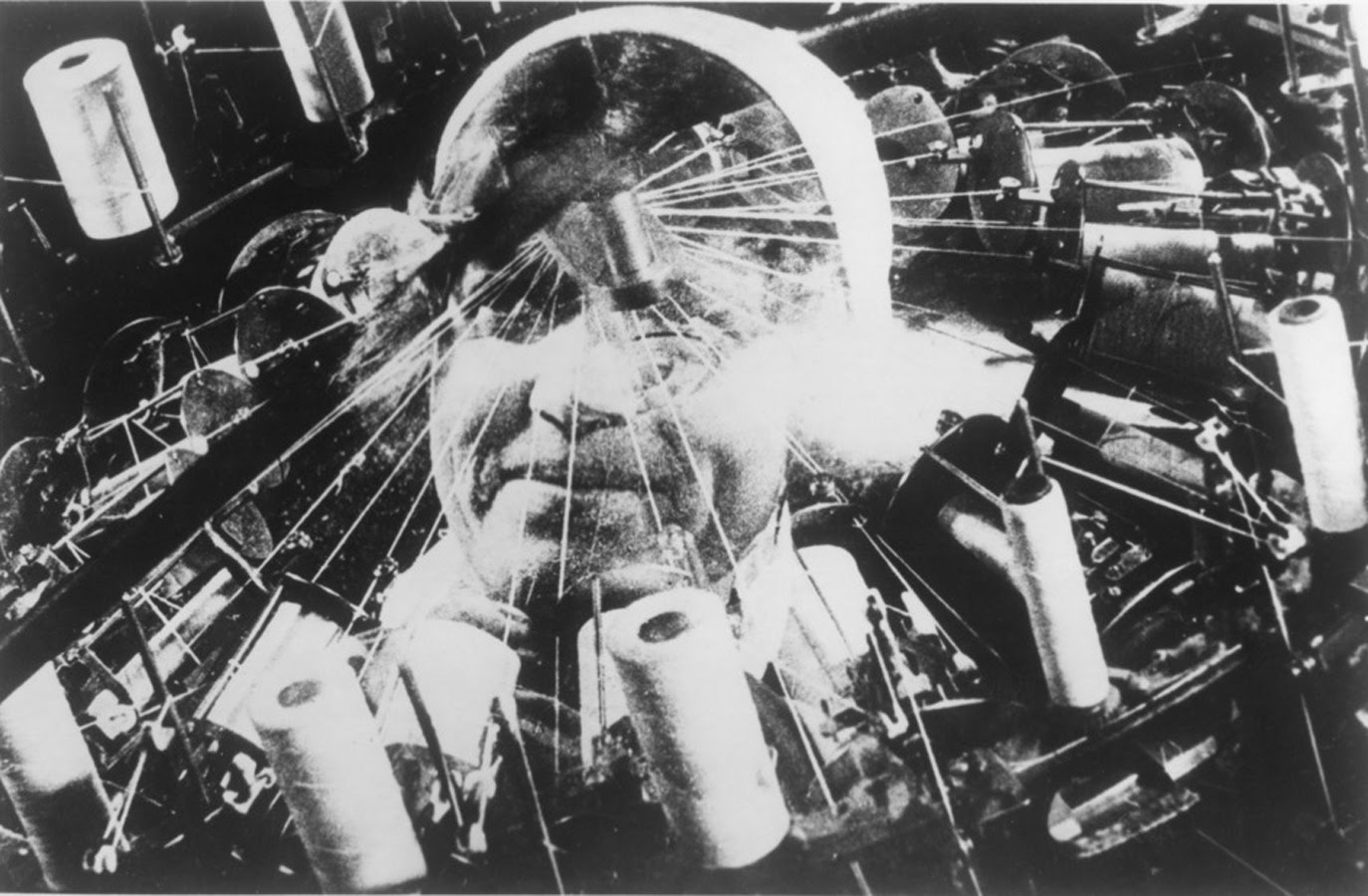
Another great pioneer of Russian cinema is Dziga Vertov. In his search for “life as it is,” he first started his series “Kino-pravda” (film truth), taking the “pravda” from the name of a popular newspaper.
“Man with a Movie Camera” camera is also experimental, introducing new cinema techniques like double exposure, fast motion, slow motion, freeze frames and split screens. There is no story, just a collection of moments shot on camera of the daily life of the Soviet people in Kiev, Kharkov, Moscow and Odessa. The film is praised for its dynamics and optimism.
3. Cranes are Flying (1957, Mikhail Kalatozov)
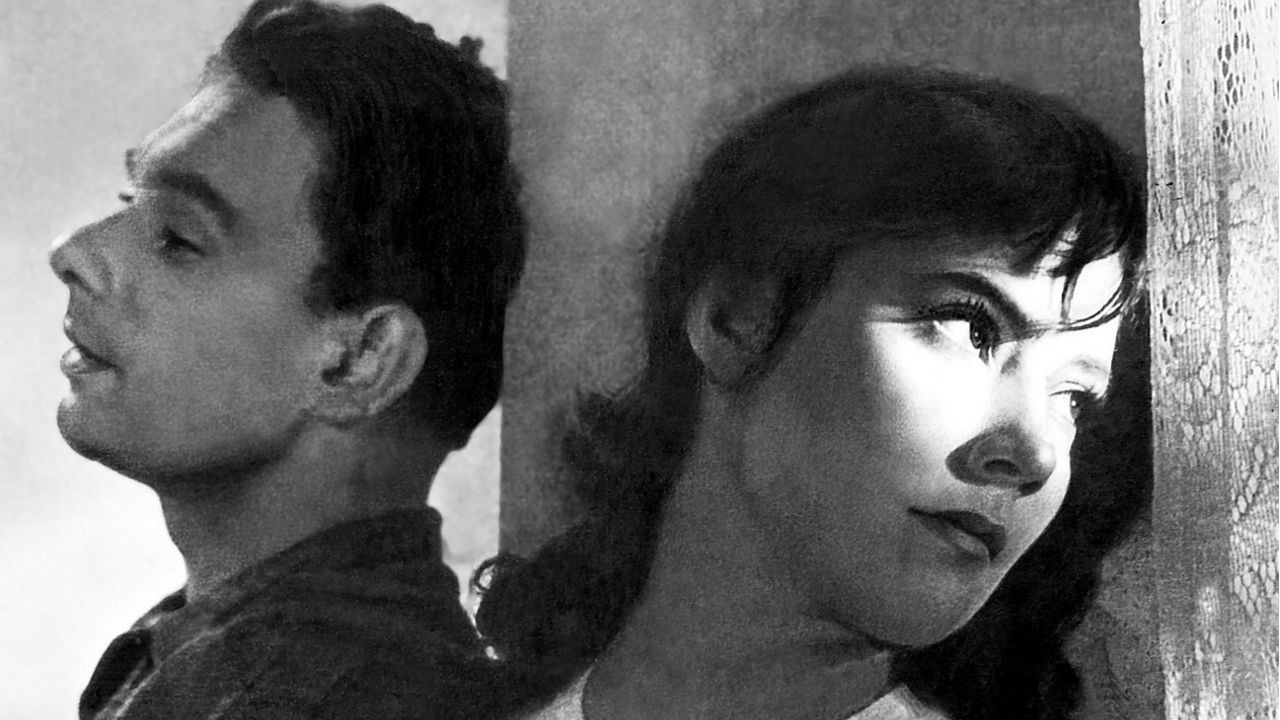
“Cranes are Flying” by Georgian-born Soviet director Mikhail Kalatozov is the only Soviet film to win the Palme d’Or at the Cannes Film Festival (1958).
The story focuses on the very sympathetic female character of Veronica and her long wait for her fiancé Boris, who is fighting in World War II. The audience knows that Boris dies saving another soldier’s life, but Veronika and her family don’t learn about it until the end of the war.
We see the hardships and struggles she faced during the war and her kind-hearted spirit (adopting the abandoned child Borya), and loyalty (never giving up on her love for Boris) makes her an emblematic female character in the history of Soviet cinema.
4. White Sun of the Desert (1970, Vladimir Motyl)
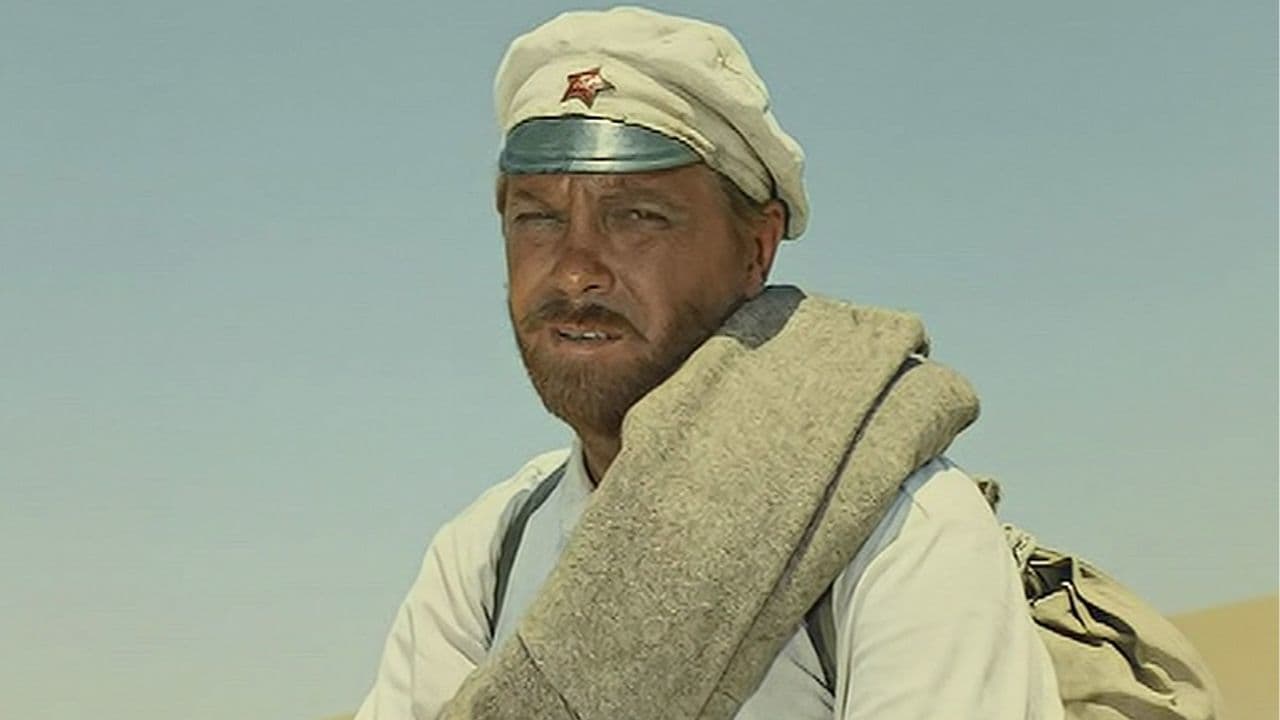
If we talk about cult films in the Soviet Union, then “White Sun of the Desert” is clearly one of them. The story follows Red Army soldier Fyodor Sukhov on his way home from Turkmenistan after fighting for years in the civil war there. The opening scene is a nice rural image of green meadows and one good and loving woman – his wife Katerina Matveyevna, to whom he writes the letters that narrate the film. It turns out to be only a dream and Sukhov wakes up in the hot and hostile desert he has to cross on his way home.
He can’t wait to meet Katerina, but the destiny has other plans for him. It’s that destiny that inspires the theme song of the film “Your Noble Highness Lady Fortune.” He first finds a man buried in the sand, then is charged with the task to take care of a harem of 10 women that were left by a local thug, and later has to fight on his own with the thug and his band of gorillas.
The film is set like a western with a lot of comic elements, and many of its popular quotes entered the Russian language, such as, “The Orient is a delicate matter” or “Are there questions? No, there aren’t!”
When Russian astronauts are going to space, they have the “White Sun of the Desert” projected for them as a ritual for good luck.
5. Stalker (1979, Andrei Tarkovsky)
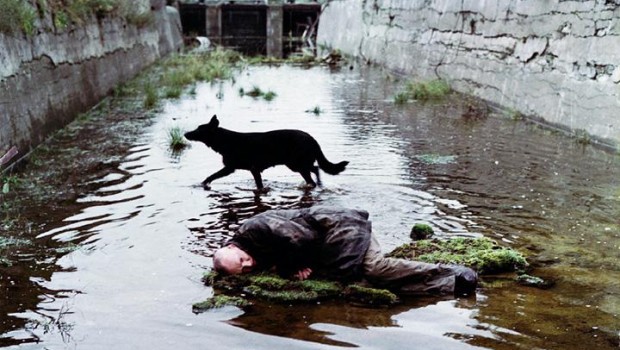
Whatever we say about Andrei Tarkovsky won’t be enough. His influence on the world of cinema is so great that all his films deserve to be part of the current list. Still, if there is one that stands out, it would be “Stalker.” Based on the Strugatsky brothers’ novel “Roadside Picnic,” the film examines a variety of themes, including the place of art, science and faith in life, dreams and reality, and what the purpose of life can be.
Three man enter a highly restricted area called the “Zone,” in which reality does not follow the known principles of physics. What they are looking for is a place called the “Room,” which is known to make one’s deepest wishes come true. On their way through the constantly changing “Zone,” they act out their personalities and talk about their worldviews.
Tarkovsky had to shoot “Stalker” twice, since after the first shooting there were problems with the film and the material was unusable. Color film was scarce back them, so they couldn’t afford to make it once again in color. So Tarkovsky decided to use this obstacle in his favor and to distinguish the different areas by making every shot outside the “Zone” black and white and the action, shot into the zone in color.
This second time shooting cost Tarkovsky and some other of the crew members their lives, because the location the director choose to make it, turned out to be highly toxic and few of them developed cancer in the next years.